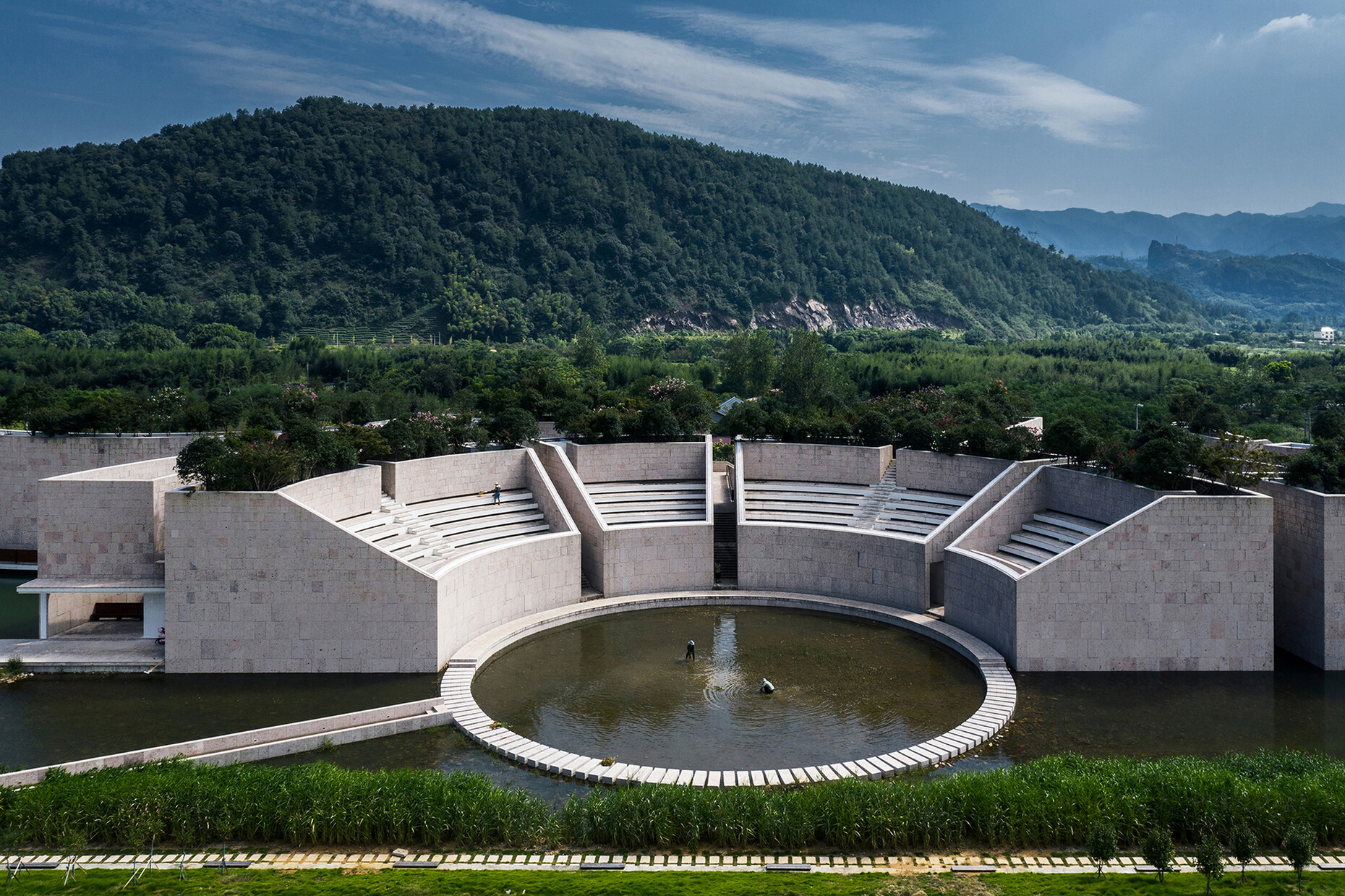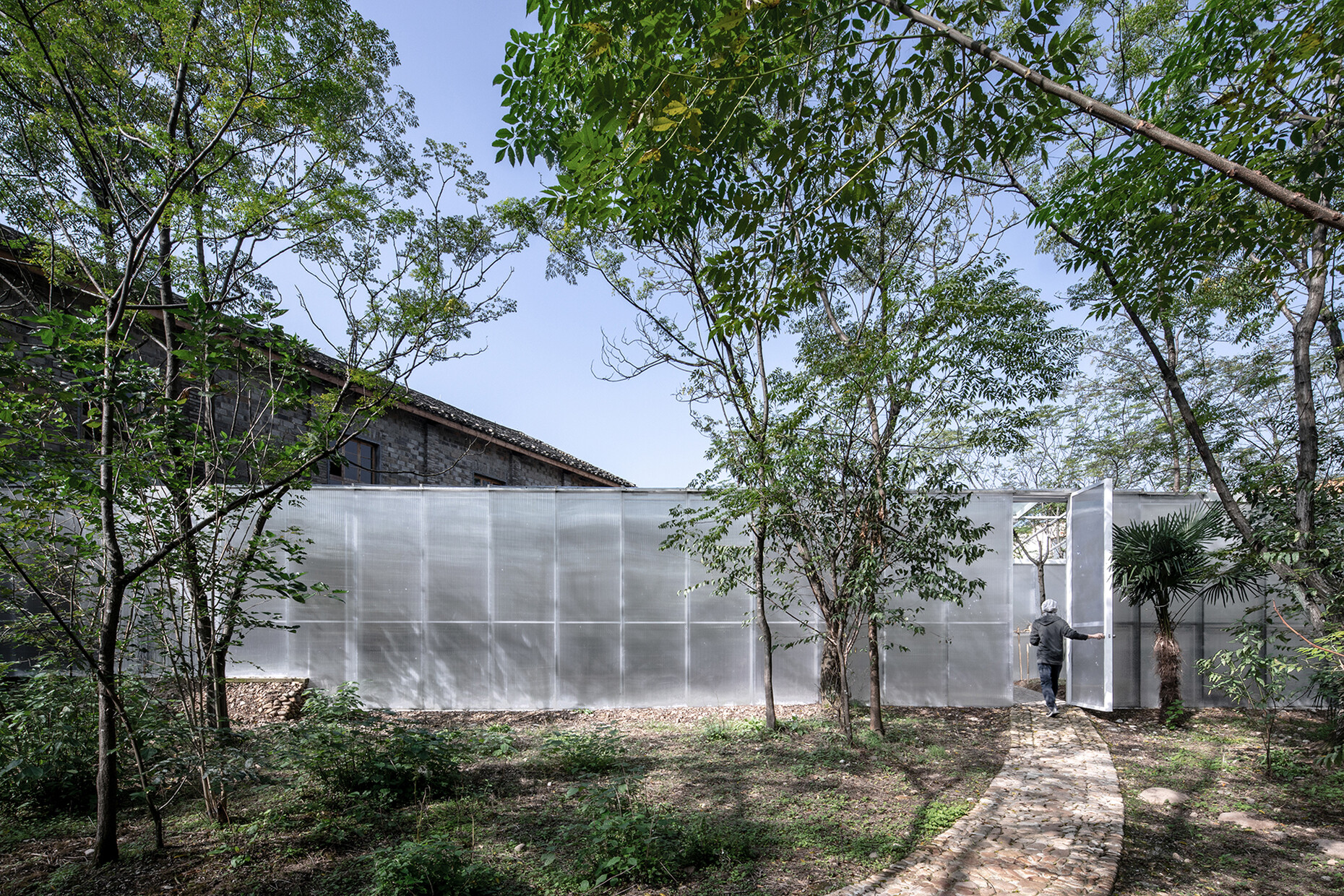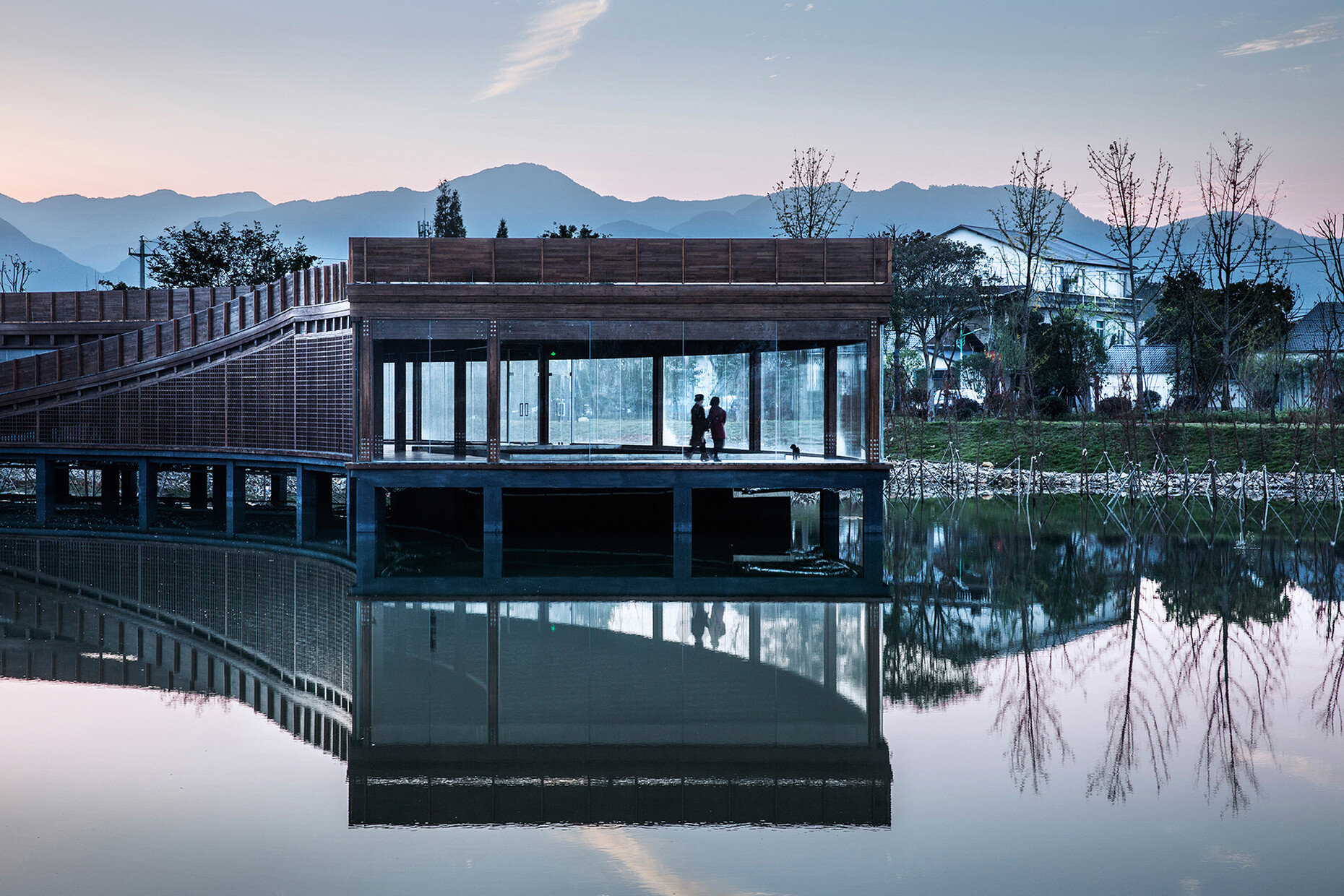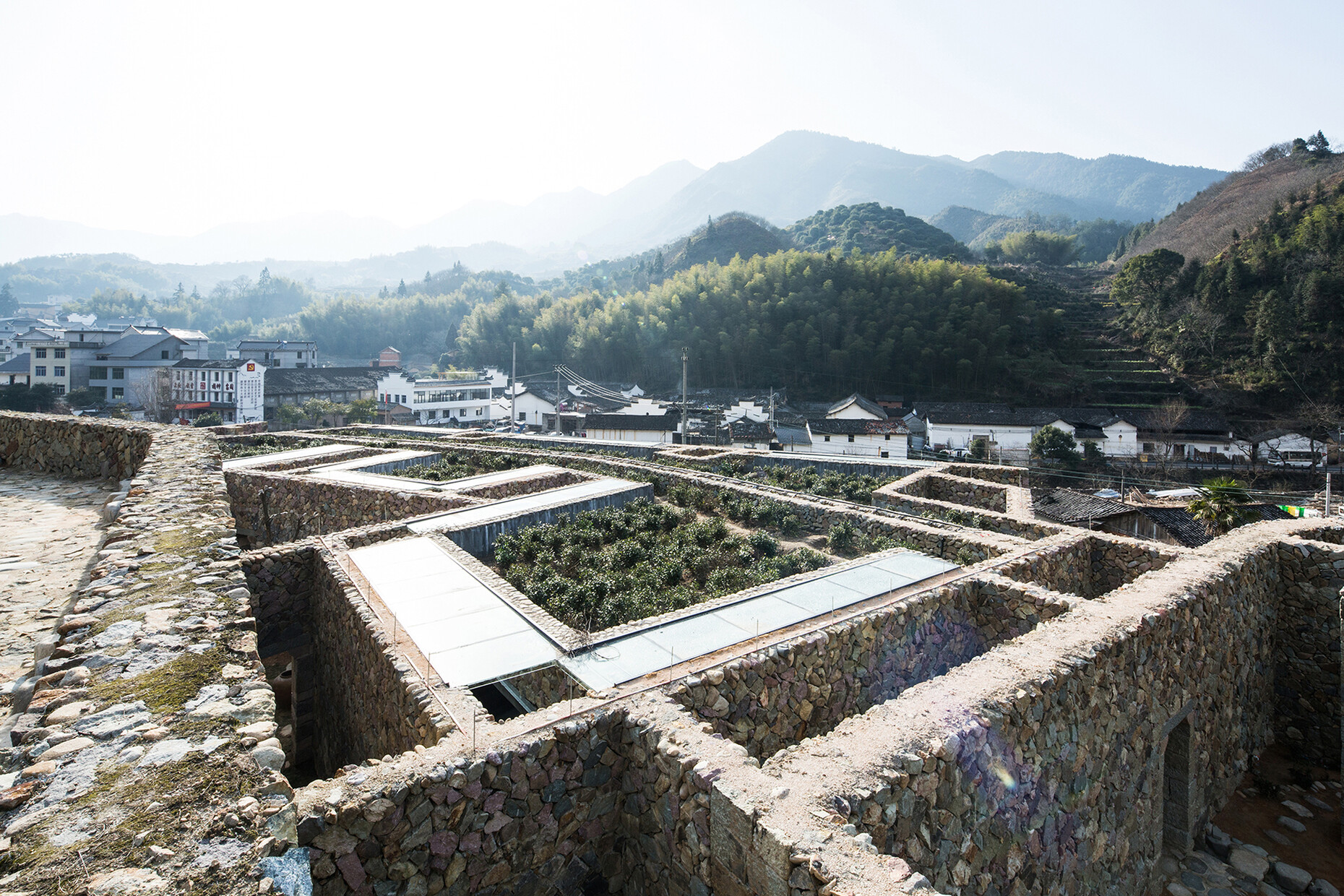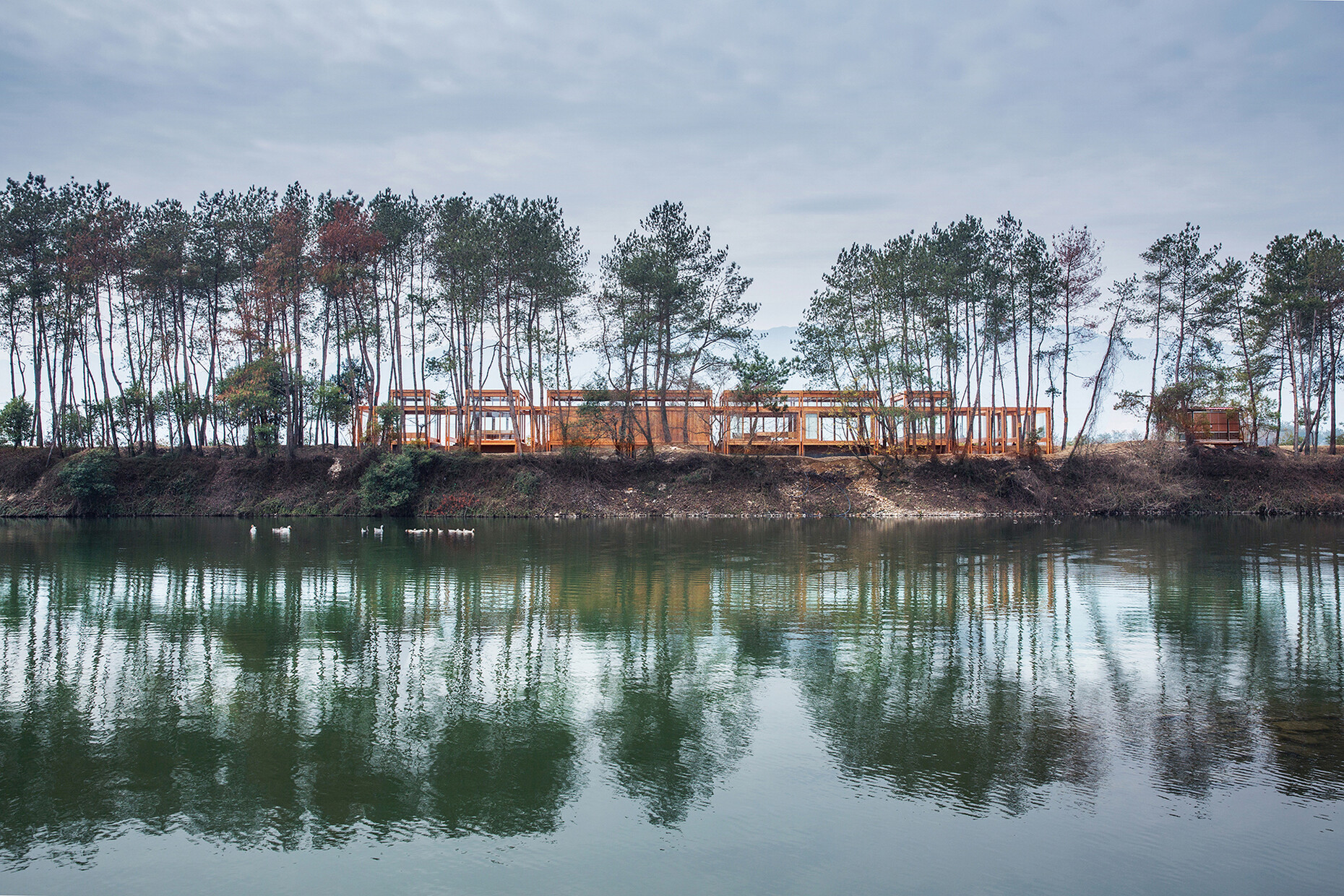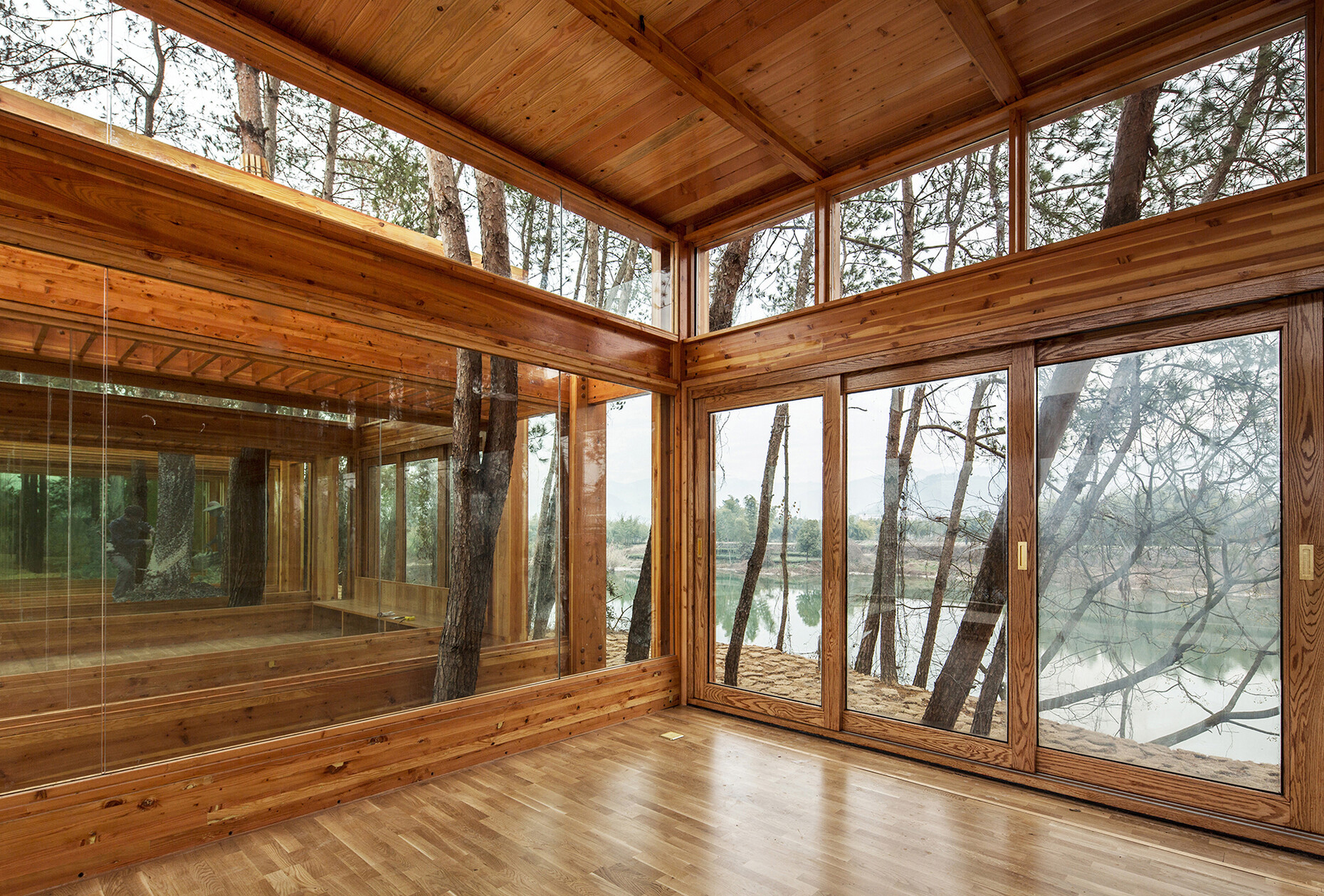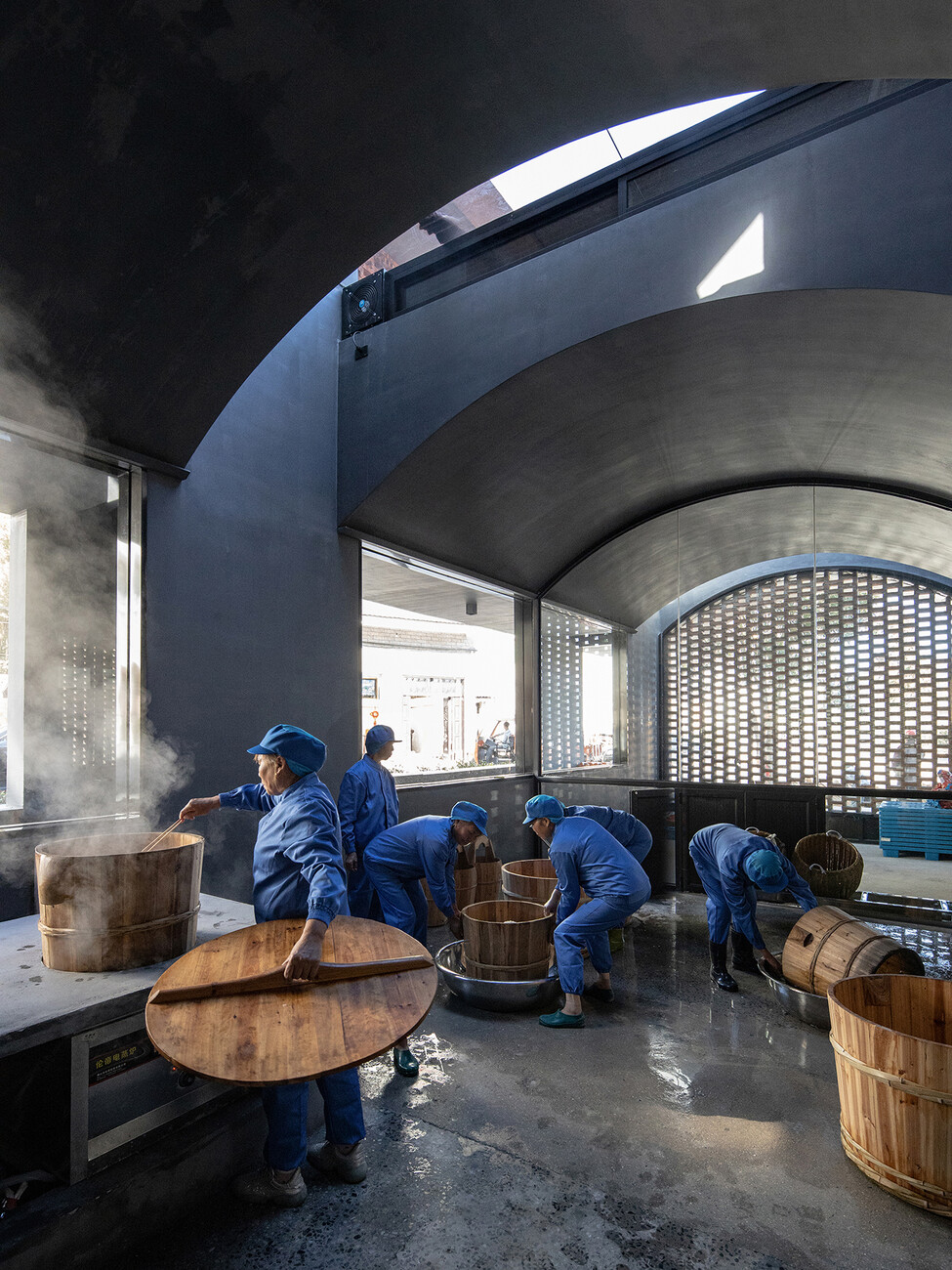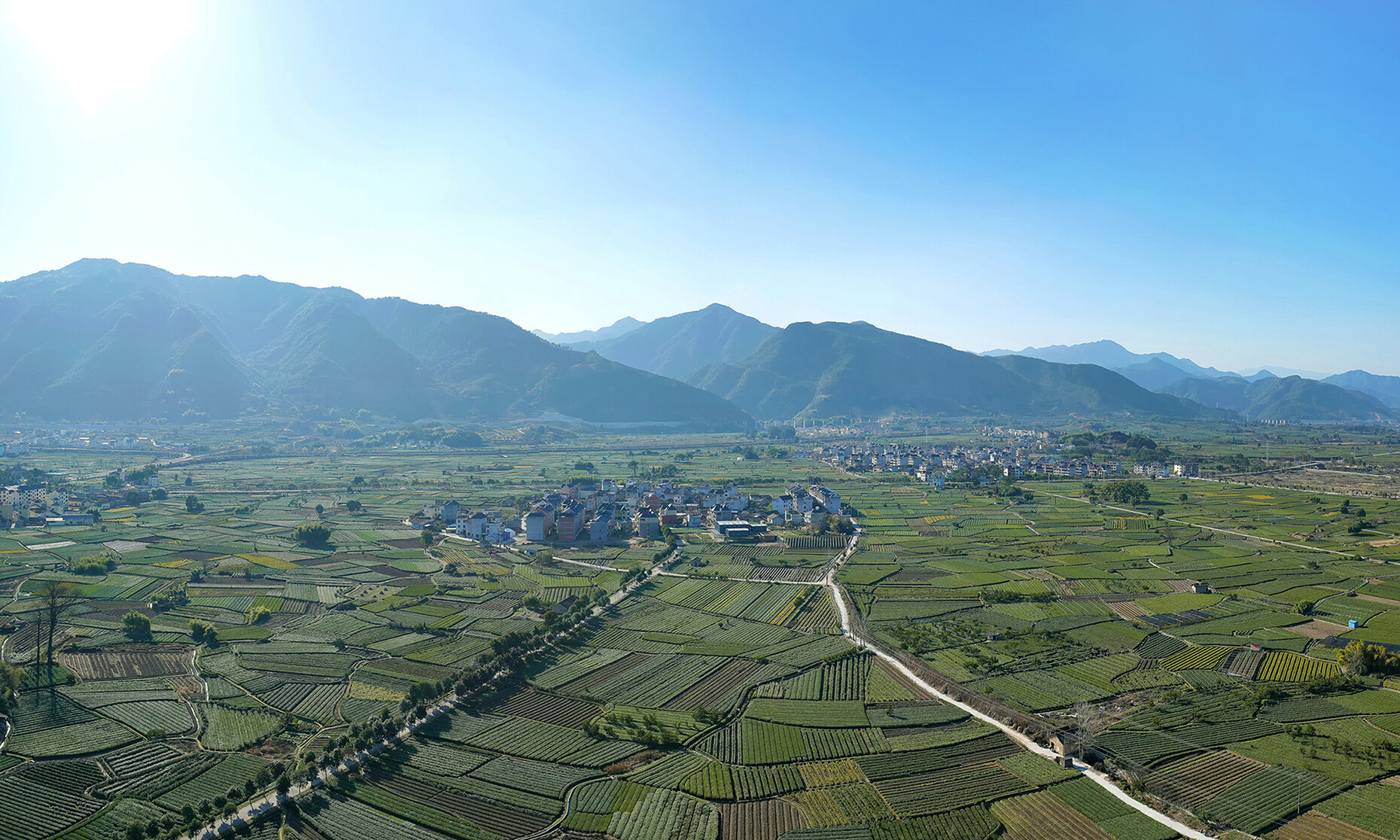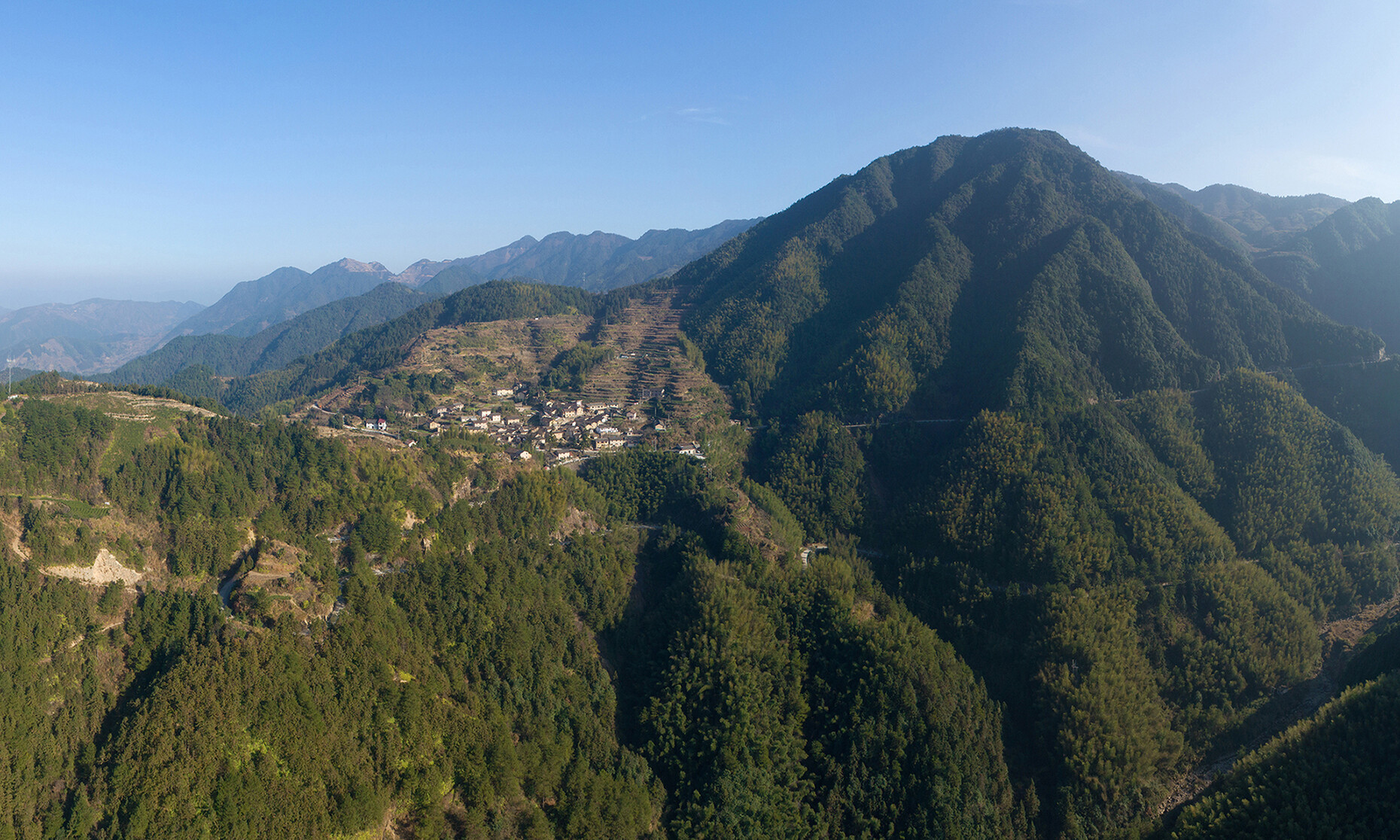Architectural pinpricks
In discussion about architecture and urban planning in China, the focus is mainly on enormous construction projects in big cities – or indeed the development of entirely new cities. Recently, American sociologist David Harvey pointed to an unbelievable figure whereby between 2011 and 2013 around 6,500 million tons of cement were used for construction in China. That means that China’s consumption over just three years was around 45 percent higher than that of the USA during the whole of the 20th century. From a European perspective, everything there always seems to be three times faster and ten times bigger. China is like a land on speed.
Against high-speed urbanism
Yet there is another way: Although Chinese high-speed urbanism appears not to show any genuine periods of weakness and construction continues like mad in metropolitan regions and along the coast, even in China discussion about more sustainable and slower urban development has gained significant momentum in recent decades. The impetus for this tends to come from within the country: Primarily it is younger Chinese architects, urban planners and politicians, many of them now with international CVs, who are blazing new trails with smaller, more modest, localized projects all over the country. These also include the more than 21 small new builds and conversions executed by Beijing-based studio DnA in the region of Songyang. An exhibition showing a selection of these projects toured Europe back in 2018, with stops in Berlin, Venice and Vienna. This has now been followed by Park Books’ publication of a magnificent volume that superbly documents and showcases the small-scale developments. This initially appears as flawless as a well-illustrated marketing campaign, but then there are proven independent spirits such as Kristin Feireiss, Saskia Sassen and Eduard Kögel behind the dissemination of the project. And so, on the contrary, this kind of presentation seems to have a different purpose: to finally give these wonderfully small, modest and somewhat unobtrusive projects the importance they actually deserve, in contrast to so many merely superficially glittering flagship buildings by star architects.
After all, the “Songyang Story”, as the book is called, is as impressive as it is inspiring. It began in 2013 when the county government decided to do something about the devastating rural exodus: Songyang has no major cities. In an area of 1,406 square kilometers there are around 400 scattered villages with, at the last count, 230,000 inhabitants – in total. The provincial capital Songyang is the biggest settlement with a mere 50,000 residents. By way of comparison: Two hours’ drive away lies Jinhua with more than six million inhabitants, and in another half-hour you can reach the coastal metropolis of Wenzhou with its population of 10 million. Like two magnets, these cities draw young people away from the country. Older people stay behind in the villages and often take care of grandchildren. In China there is now much talk of “village hollowing” – the erosion of village communities which, in many places, has long since taken on existential forms. The villages are decaying and dying.
Songyang still has certain advantages over other, more remote regions. On the one hand, the area boasts beautiful, largely untouched nature and ample space, but is still reasonably easy to reach from the major cities. Yet the regional authorities did not want to focus on tourism alone, aiming instead to boost the local economy and traditional crafts first and foremost. They decided explicitly against a single, glitzy building and chose to invest in a number of small and micro projects that were to be developed in close cooperation with the relevant village communities – a comprehensive strategy of sustainability. A few initial architecture firms were sought out for this purpose, and collaboration proved particularly fruitful with DnA, the studio of Xu Tiantian.
An elegant tofu factory is not enough
Xu is one of the most important protagonists of young and ambitious architecture in China. She was the first woman in China to open her own office without a male partner – that was back in 2004. Xu previously studied in Beijing and Harvard and then worked in Boston and at OMA in Rotterdam, but she grew up in the province of Fujian, a region with similar structures and problems to Songyang. Perhaps that’s why she was so passionate about the work in Songyang, so that every collaboration resulted in new contacts and subsequent projects. By now, more than 20 projects have been realized: renovated old buildings, new factories and craft centers, viewing platforms, meeting points, community and cultural centers. There is also a handful of smaller museums, although these are not intended as the main focus.
The best example of what is currently taking shape in Songyang is the tofu factory in the little village of Caizhai. The factory is spread across several small wooden buildings that stretch like a chain along a small road down the mountainside, so it fits with the small-scale structure of the village. Inside, the inhabitants go about their traditional work, which passers-by or tourists can observe through large-format windows from the road. At the lower end of the factory is a space where visitors can try the products and purchase them, of course. It’s not just the architecture that makes a difference here: For centuries, families in Caizhai have been producing tofu, albeit originally just for their own use. This became less and less marketable and did not comply with the hygiene regulations of supermarkets. Children could not see any future in their parents’ craft. Now, though, the beautiful factory is not only aesthetically eye-catching and a little tourist destination, but also provides more economical and hygienic manufacturing facilities. It is operated by a specially founded village cooperative so that the profits remain within the village. Since the factory began operation in 2018, 30 young villagers have apparently already returned and the village’s visitor numbers are twenty times what they were before. For Songyang as a whole, tourism has increased fivefold since 2013 and 6,000 people have returned from the cities. Now, one would do well to be cautious with these figures, but even if they turn out to be different, the projects and their wealth of ideas are impressive. Here, it’s not about a solution that is imposed “from above” and quickly multiplied, but rather about thoughtful and thorough collaboration with the relevant community for the development of individual projects. Overarching themes are the preservation of older buildings, use of traditional materials and construction techniques, and strengthening the local economy. In essence, it is a guide for self-help.
The importance of continuity in the work is also evident in the development of the architecture. The first projects were extremely simple: An open pavilion made of bamboo in Damushan as a shaded meeting place for the employees of the surrounding tea plantations. A pavilion made of pine in Xiahuangyu, which points to the possibilities of timber construction in a country in which most people are still keen to have a concrete house. But also a small teahouse made of concrete and glass in Damushan in which a young woman from the village conducts tea ceremonies for residents and tourists and sells local tea. These were followed by bigger projects such as the tofu factory or the “Brown Sugar Factory” in Xing, whose minimalist steel structure is reminiscent of a Richard Serra sculpture and which, like the tofu factory, is both a modern production facility and a sales room. The same goes for the rice wine distillery in Shantou, although this is housed in a Brutalist exposed concrete structure with infill panels of reddish brick. In Dushan, meanwhile, an exhibition, sports and event venue winds like a wooden spiral across a small lake. In the provincial capital Songyang, some street spaces have been transformed into a fragrant teaching garden with traditional medicinal herbs of the region. There is diversity and a wealth of ideas in these small projects, which cannot evolve from above but rather originate in dialogue with residents. The architecture is not always entirely unpretentious, but it is always intelligent and individually tailored to its purpose, and is often executed with traditional construction methods by local craftsmen.
Xu describes her approach as “architectural acupuncture”: the idea that you can use a small building like a needle on the human body to detect and change, amplify and focus existing force fields. And that a minimal intervention can produce maximum effect – if it is applied skillfully at the right spot. The book “Songyang Story” documents 16 selected projects and thus offers a wonderful insight into the work thus far, which is being continued in the meantime. Over the last two years, four further projects have been completed, including a silk farm, a maritime museum and one for poetry. Ten projects are currently in planning or under construction. Now Xu and her studio are working almost exclusively on projects in Songyang.
It has been such a fruitful undertaking that critical voices have already been raised, warning of “overtourism”, which has already turned other villages and regions into caricatures of themselves, where the village residents perform their traditional crafts merely as a show for tourists. The book is smart enough to address these concerns in the concluding essay by China expert Eduard Kögel. In his text, he also warns against flippantly transferring the concept to other regions. If these are less accessible or less scenic, then it is most likely that other ideas need to be developed. These points are well worth making. The “Songyang Story” is not a blueprint for solving all the problems in rural areas, but it is an inspiring example of how it might be done in a way that is thoughtful, humble, localized and cooperative. The projects create the hope that even small pinpricks can have huge impacts if they are skillfully applied in the right places. The greatest hope here is that these projects will still be making a difference in 20 or 40 years’ time – and that there will then be another beautiful book to print: the “Songyang Story 2”.

The Songyang Story
Architectural Acupuncture as Driver for Rural Revitalisation in China
Projects by Xu Tiantian, DnA_Beijing
Edited by Hans-Jürgen Commerell, Kirstin Feireiss
With essays by Eduard Kögel, Saskia Sassen, Remy Sietchiping, Martino Stierli, Wang Jun and Xu Tiantian
ISBN: 3038601861
139 color and 72 b/w illustrations and plans
Language: English
Park Books
38 Euro

